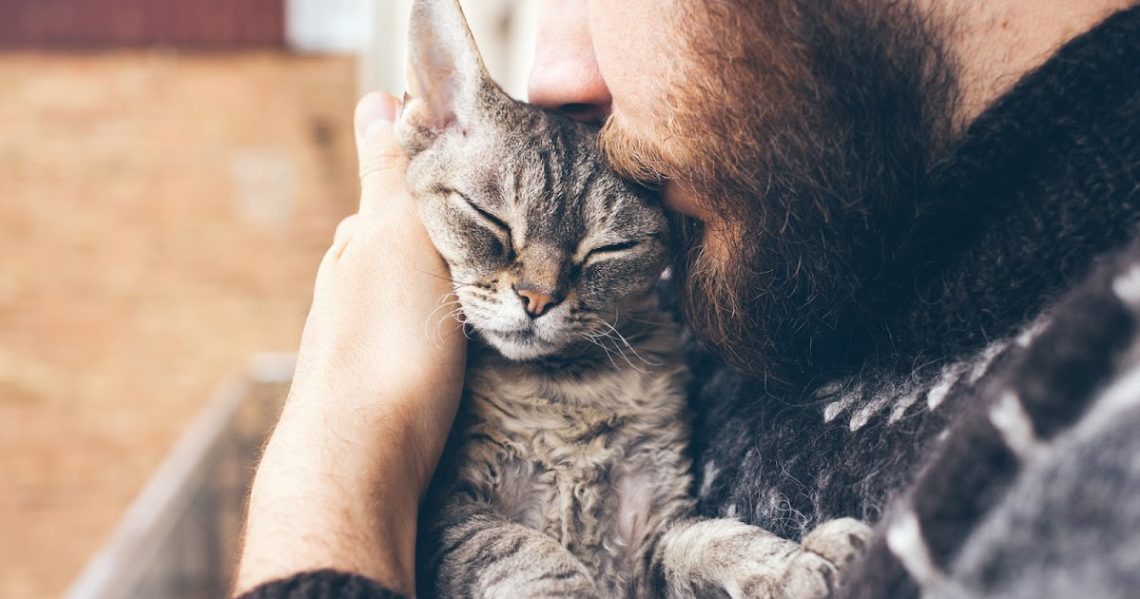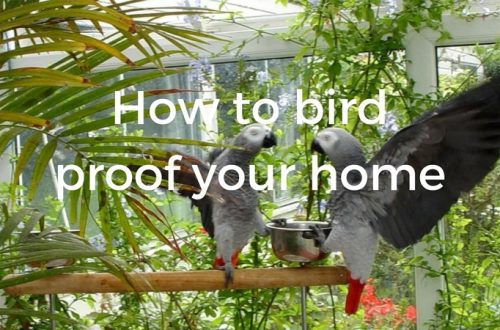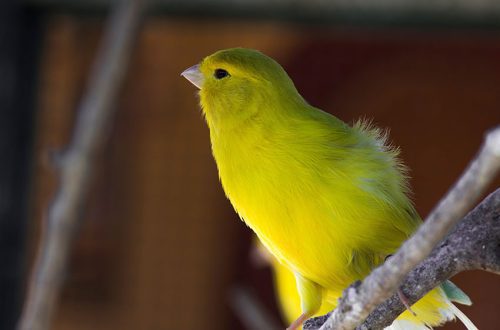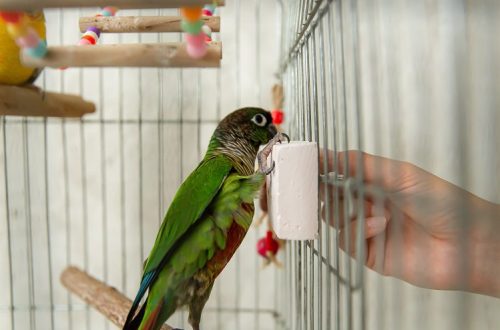
Corell efni. Leyndarmál að hamingju gæludýrsins þíns
Corella, a beautiful parrot the size of a small pigeon, is also known to many as a “nymph”. Such a poetic name for amazing birds was given by European naturalists of the 18th century, who compared them with eternally young and beautiful spirits of nature. Indeed, cockatiels are unusually graceful, they have a pleasant voice, and thanks to their calm temperament, they are ideal for home keeping.
Like all pets, cockatiels have their own characteristics in care, and they must be taken into account in order for the bird to be healthy and happy. First of all, this, of course, is a proper, balanced diet, which is the key to good health and a long life for a pet. In addition, there are a number of other important points that every connoisseur of these bright birds must know about.
Cockatiels are excellent fliers and need spacious cages for proper development and well-being. The recommended minimum cage size for one cockatiel is 80 x 40 x 60 cm.
It would be cruel to acquire a smaller cage, because without the ability to fly, the bird will not only feel bad, but subsequently will never be able to spread its wings, because. her muscles will simply stop developing.
For the cockatiel, it is better to choose the most standard large square-shaped cage, in which the bird will be much more comfortable than in fancy models decorated in a modern way. The bars, at least in some parts of the cage, must be placed horizontally so that the bird has the opportunity to climb on them.
In the cage, you must place all the necessary attributes for your pet. First of all, this is a drinking bowl and a feed container, which, as a rule, are attached to the outside of the cage. Corella will also need perches for sitting, if possible, give preference to those made from non-sharp fruit branches of willow, oak, linden, etc. To grind the beak in the cage, it is recommended to fix a mineral stone, which is also a source of calcium, phosphorus and other useful elements.
Remember that the parrot’s cage must always be kept clean. The presence of a lower pull-out tray makes cleaning much easier. As a filler at the bottom of the cage, you can put special sea sand for birds, which will reliably retain an unpleasant odor. Such sand not only serves as a filler, but is also placed on the bottom of the container with food, because. is a source of calcium and mineral salts for poultry and improves digestion.
As for the placement of the cage, it is better to install it in a bright corner of the room, at the level of human eyes, so the bird will be more comfortable. It is important to remember that a low-set cage and the need to look up to people create a stressful situation for birds.
If you have the opportunity to replace the cage with an indoor aviary, your pet will be very grateful to you. The minimum recommended length of the enclosure is 4 meters, which is enough for the cockatiel. With a creative approach, an aviary can become not only a dream home for your pet, but also an atmospheric attribute of the interior: it can be decorated with tree branches, a hollow trunk and clematis shoots. As a rule, such a corner of nature is very refreshing interior.
The most suitable option for placing cockatiels, of course, is a garden aviary. Warm months in a free open-air aviary are the ultimate dream of any poultry. Clean air, sunlight not only make the color of our feathered friends brighter, but also have a positive effect on the health and immunity of pets. As an alternative to a garden aviary, you can purchase an indoor aviary on a mobile stand, which you can take out to the garden or balcony from time to time.
nú a few words about the ideal place to keep cockatiels. It is an aviary attached to the house, which is connected to the house through a window or notch and has a reliable canopy from the rain. In such an enclosure, your pet will feel great, fresh air, sun and freedom of movement will have a beneficial effect on the health and well-being of your pet. Therefore, if you have the opportunity to equip an attached enclosure, you can be sure that there is simply no better place for cockatiel.
If the cockatiel is kept in a cage, even if it is very spacious, it should be able to fly every day. In the absence of an aviary, one room can serve as a flight space. Corella has enough distance of 4 m, you don’t need to let the bird fly all over the apartment, so you can’t keep track of it, and during free flight it’s better to keep your pet in sight.
When releasing the bird from the cage, do not forget to close and curtain the windows so that the pet does not accidentally fly out of the apartment or hit the glass!
Often, when the cage is opened, the bird is in no hurry to fly out of it or, conversely, return to the cage after free flight around the room. Be patient, Corella needs to get used to the new features. Don’t go overboard in capturing the pet to get it back in the cage, as you will create a stressful situation for it. Just dim the light or wait until evening: when the light goes out, the bird will rush back to the cage on its own.
Corella cannot live alone. These are by nature social birds, and in their natural habitat they are found exclusively in the group of their relatives. If you doom a sociable pet to loneliness, then it is highly likely to develop behavioral abnormalities. Next to the cockatiel there should always be a relative of the same species, especially, believe me, watching two feathered friends is much more interesting!
In their natural habitat, cockatiels feed on various cereals and herbs, by the way, they like ripe grains most of all, but still milky ripe. This means that in the conditions of home keeping, the diet of cockatiels should also be varied. At first, it will not be easy for beginners to understand what to feed cockatiels and in what proportions, but balanced ready-made food and treats for parrots and advice from experienced specialists will come to the rescue. Don’t forget that a good, varied diet is the foundation of the foundations.
And the most important secret of your pet’s happiness, which we haven’t talked about yet, is your love and care for him! In our article, we have mentioned only some points of keeping feathered friends, and you will have to learn a lot on your own. Consult with professionals, choose only high-quality products for your pet and be careful, because the health of our little friends depends entirely on us.





